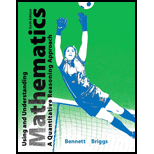
Concept explainers
Decide whether each of the following statement makes sense (or is clearly true) or does not make sense (or is clearly false). Explain your reasoning.
“Mike and Erica couldn’t have had an argument, because they weren’t shouting at each other.”
Answer to Problem 5E
Solution:
“Mike and Erica couldn’t have had an argument, because they weren’t shouting at each other.” does not make sense.
Explanation of Solution
Given:
“Mike and Erica couldn’t have had an argument, because they weren’t shouting at each other.”
Since, either Mike or Erica or any other person raises voice, it has nothing to do with logical arguments and hence, the above statement “Mike and Erica couldn’t have had an argument, because they weren’t shouting at each other.” does not make sense.
Conclusion:
“Mike and Erica couldn’t have had an argument, because they weren’t shouting at each other.” does not make sense.
Want to see more full solutions like this?
Chapter 1 Solutions
Using and Understanding Mathematics: A Quantitative Reasoning Approach (6th Edition)
 Discrete Mathematics and Its Applications ( 8th I...MathISBN:9781259676512Author:Kenneth H RosenPublisher:McGraw-Hill Education
Discrete Mathematics and Its Applications ( 8th I...MathISBN:9781259676512Author:Kenneth H RosenPublisher:McGraw-Hill Education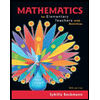 Mathematics for Elementary Teachers with Activiti...MathISBN:9780134392790Author:Beckmann, SybillaPublisher:PEARSON
Mathematics for Elementary Teachers with Activiti...MathISBN:9780134392790Author:Beckmann, SybillaPublisher:PEARSON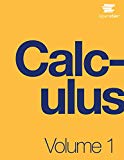
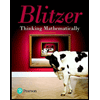 Thinking Mathematically (7th Edition)MathISBN:9780134683713Author:Robert F. BlitzerPublisher:PEARSON
Thinking Mathematically (7th Edition)MathISBN:9780134683713Author:Robert F. BlitzerPublisher:PEARSON Discrete Mathematics With ApplicationsMathISBN:9781337694193Author:EPP, Susanna S.Publisher:Cengage Learning,
Discrete Mathematics With ApplicationsMathISBN:9781337694193Author:EPP, Susanna S.Publisher:Cengage Learning,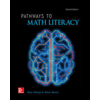 Pathways To Math Literacy (looseleaf)MathISBN:9781259985607Author:David Sobecki Professor, Brian A. MercerPublisher:McGraw-Hill Education
Pathways To Math Literacy (looseleaf)MathISBN:9781259985607Author:David Sobecki Professor, Brian A. MercerPublisher:McGraw-Hill Education





